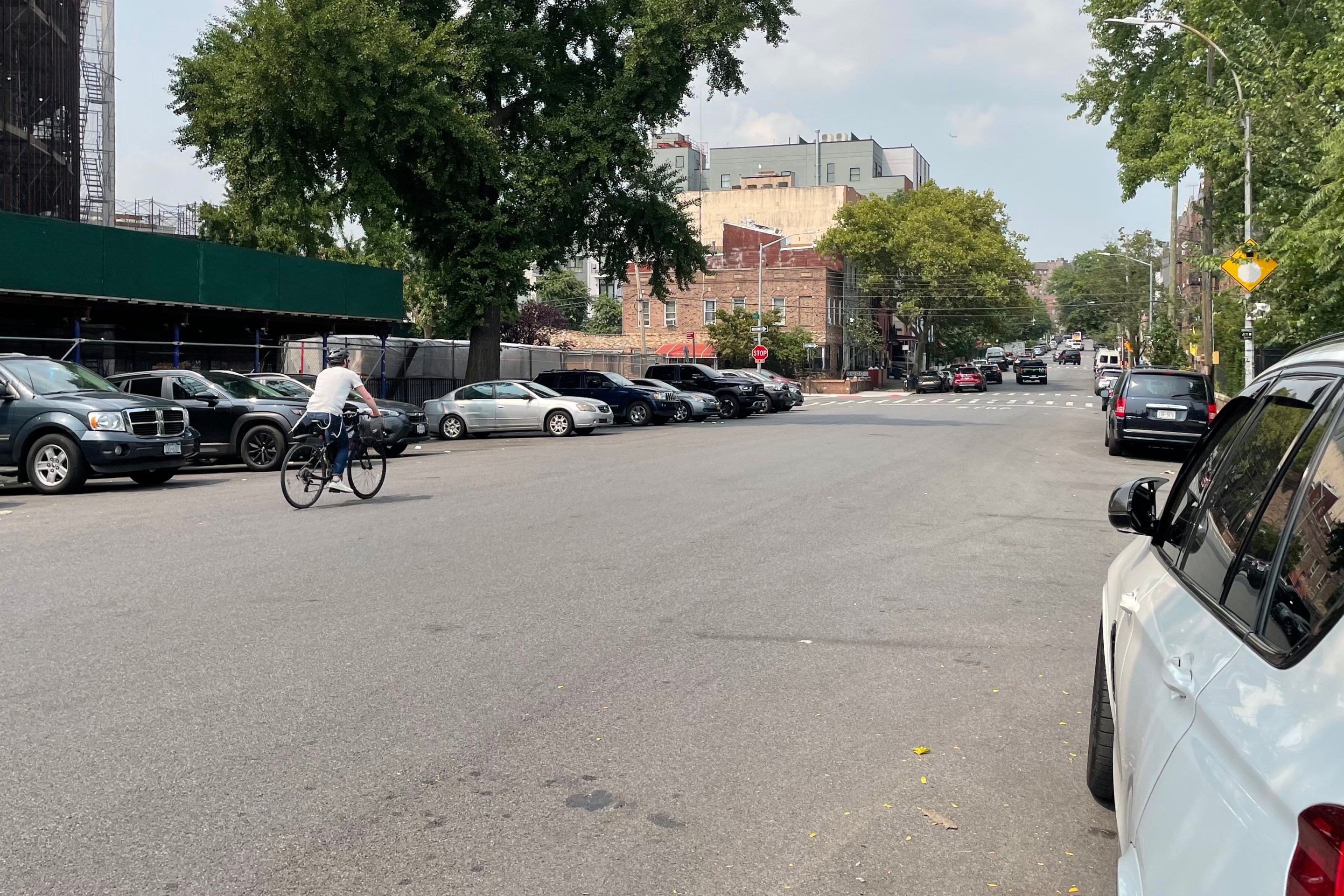“There’s an inverse proportion of the size of a transportation program to the amount of transparency,” says Deron Lovaas of the Natural Resources Defense Council. While anyone can easily find in granular detail anything they would ever want to know about where bike/ped money goes, and they can get a pretty good idea of what's going on with transit capital investments, highway spending is a black box -- and that's 80 percent of U.S. transportation dollars.
But that could change if an unsung provision of the new transportation bill, MAP-21, is implemented as fully as it should be.
Right now, finding information about highway projects is incredibly hard. Want to find out how much a certain project cost and what money was used to build it? Great. You can search “104(j)” in the Federal Highways Administration website and get reports from 2008 and 2009. Looking for anything less than three years old? Better luck next time, buster. Hoping for a searchable database? Here’s a scanned Excel spreadsheet. I hope you don’t mind that every state reports from a third to half of their spending as “other.” Want to drill down deeper than topline numbers for programs and states? You’re asking a bit much, don’t you think?
Meanwhile, the world is your oyster if you’re curious how states are spending the pocket change devoted to bike/ped. The Transportation Enhancements Clearinghouse lets you filter projects by state, type, and year on a digital database, going all the way back to the start of the Enhancements program in 1992 and updated through 2011.
Curious about the bike lane and sidewalk put in near Santa Fe High School in Alachua County, Florida, in 2009? It cost $86,511 total, consisting of $13,500 in federal funds, $67,963 in stimulus funds and a $5,048 local match. Would you like fries with that?
If only as much accountability were demanded of multimillion dollar highway projects as they were of $86,000 bike lanes.
Thanks to Section 1503(c) of MAP-21, it could get easier to hold states accountable for the highways they build. The section, titled “Transparency and Accountability,” says U.S. DOT will have to make expenditure data for highways and transit publicly accessible, organized by project and state, regularly updated “to reflect the current status of obligations, expenditures, and Federal-aid projects” – and it should be searchable and downloadable. And it should be submitted to Congress.







